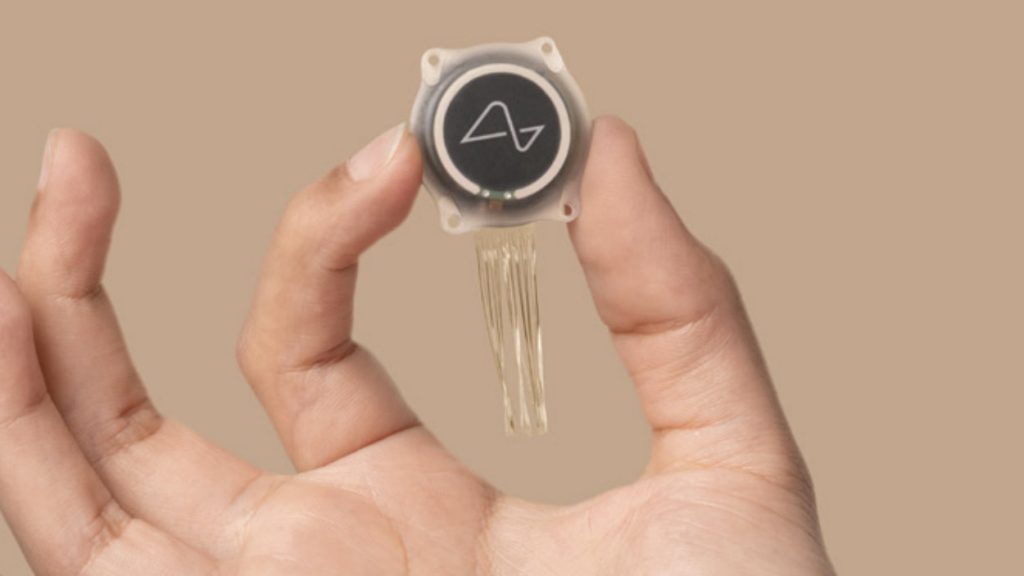Back in the day, the idea of controlling computers with our minds seemed just far from reality. The only times we saw something like that was in sci-fi movies. But looking at this fact today, thanks to Neuralink, a company of Elon Musk, it’s getting closer to reality. It’s genius, fascinating , and maybe a bit unsettling – but we can’t deny that it is a very innovative way to merge medicine and technology together. So, why should we actually care about brain chips? And what could it mean for our future?
Let’s take a closer look
What’s Neuralink All About?
Neuralink is a very innovative concept Musk came up with in 2016 – basically, a brain chip that could bridge the gap between humans and machines. The goal is to create tiny implants, with the size of a coin, that can read the brain’s electrical signals, letting you control computers, play online chess or even move prosthetic limbs, all with just your thoughts.
The chip is made up of very tiny, and I mean extremely tiny, electrodes that are thinner than a human hair and designed to read brain activity. Think of it as a translator between your neurons and machines. Besides being able to perform cool tech tricks, it also made its way in the neurological field. For example, it could help people with serious neurological conditions regain control of their movements or improve memory loss.

How Does It Work?
I’ll keep the biology simple, our brain works basically by sending electrical impulses between neurons. These signals makes us move, taste, see and think. Neuralink’s chip is able to detect those signals and interpret them in real-time. For example, imagine someone who has lost the ability to move their legs due to spinal cord damage. This chip could potentially ‘understand’ the intention to move the legs, by someone’s thoughts, and send a signal directly to the muscles, which the brain wasn’t able to. It acts like a bypass for the injured area.
Concerns?
Of course, with something this futuristic, there are big questions to ask. What about privacy? Could someone hack your brain? What if something goes wrong with the implant?
Let’s be real – these are concerns we don’t need to worry about, at least for now. Neuralink is still in its early stages, with a lot of testing to be done before it even becomes common and widely available. And besides, why would a healthy person even need a brain chip?
Future
Neuralink is at the cutting edge of where technology meets medicine. While we’re still a long way off from becoming half-human, half-machine, the idea of using brain chips to treat neurological disorders isn’t as far-fetched as it once seemed. Whether it’s improving the quality of life for millions or pushing the boundaries of human potential, one thing’s for sure: the future of tech and medicine just got a whole lot more interesting.


Recent Comments